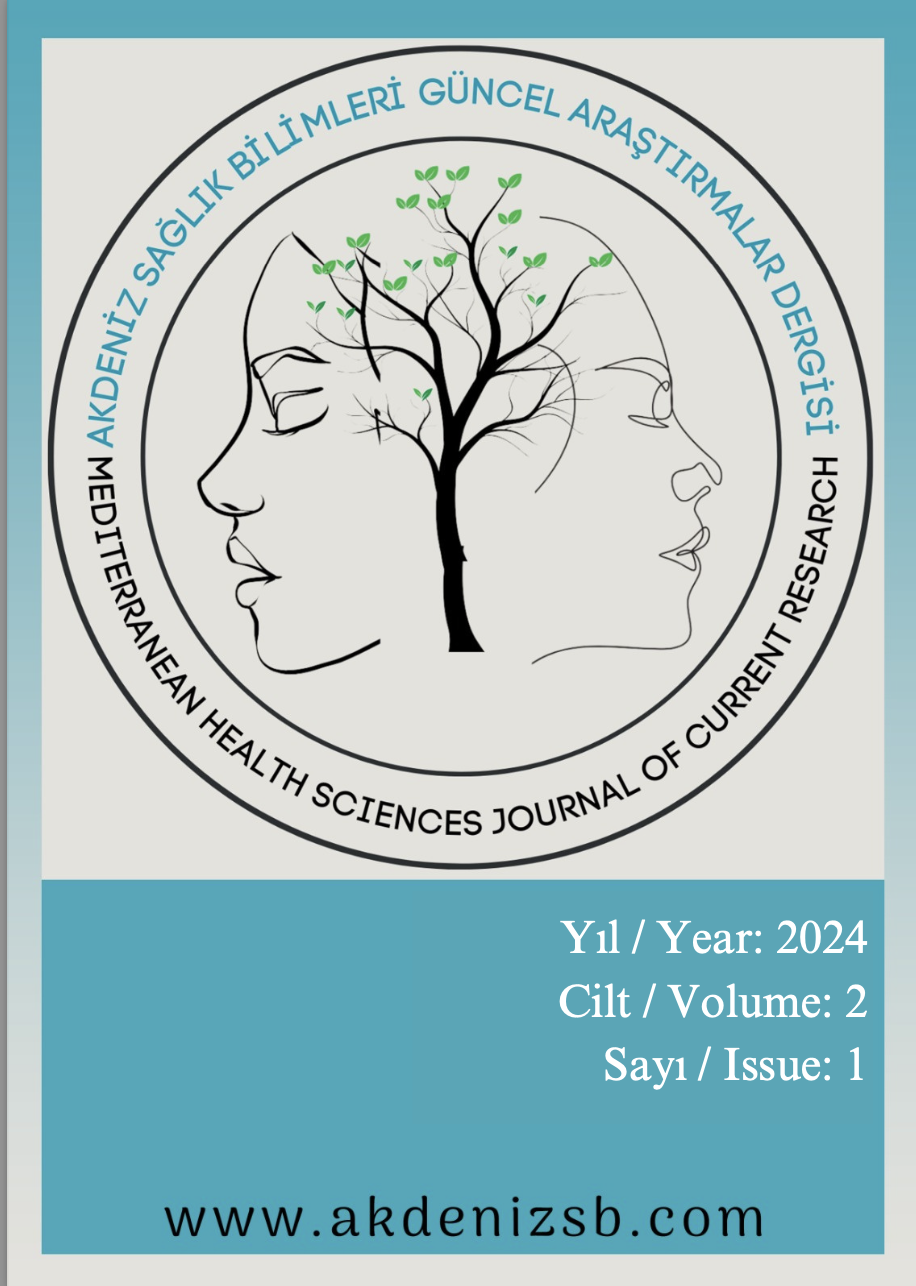The expert evaluation of Chat GPT-4 responses to surgery-related anxiety in patients who undergo Total Hip Replacement surgery
DOI:
https://doi.org/10.5281/zenodo.13354314Keywords:
Anxiety, Artificial İntelligence, Chat GPT-4, Total Hip ArthroplastyAbstract
Chat GBT (Generative Pre-trained Transformer)-4, one of the fourth generation of artificial intelligence technologies, is a language model that generates written text using deep learning techniques. Chat GBT-4 can be used for various natural language processing tasks such as language translation, text summarisation and question answering. It is predicted that Chat GBT-4 is used by surgical patients. Many issues regarding the use of Chat GBT-4 are of interest. The study aimed to examine the adequacy of Chat GBT-4-generated responses to reduce anxiety in patients undergoing hip replacement surgery. Firstly, a qualitative interview was conducted with 12 patients who underwent hip surgery to understand their anxiety about the surgery. As a result of the interview, 15 contents related to their concerns about the surgery were determined. The obtained contents were typed into the Chat GBT-4 search engine. The answers generated by Chat GBT-4 about the content were sent to 15 experts in the field. A five-point Likert-type scale was used for the adequacy of the responses in reducing anxiety. Most of the experts (80.1%) stated that the answers to the questions to be asked to the GBT-4 were sufficient to reduce the anxiety of the patient. The remaining part of the experts reported that the answers of GBT-4 were inadequate. According to the results of the study, patients undergoing hip surgery can reduce their anxiety about the surgery by using the Chat GBT-4 search engine. Chat GBT-4 is a model that can be trained and developed. We think that the problems related to inadequacies will be eliminated with the developed versions of the model.
References
Baker, A., Perov, Y., Middleton, K., Baxter, J., Mullarkey, D., Sangar, D., ... & Johri, S. (2020). A comparison of artificial intelligence and human doctors for the purpose of triage and diagnosis. Frontiers in Artificial İntelligence, 3, 543405.
Büyükyılmaz, F., & Özdemir, N. G. (2018). New life with total hip and knee replacement: Key concepts in patient education. Journal of Inonu University Vocational School of Health Services, 6(2), 86-96. (in Turkish)
Büyükyılmaz, F., & Aştı, T. (2013). The effect of relaxation techniques and back massage on pain and anxiety in Turkish total hip or knee arthroplasty patients. Pain Management Nursing, 14(3), 143-154.
Duivenvoorden, T., Vissers, M. M., Verhaar, J. A. N., Busschbach, J. J. V., Gosens, T., Bloem, R. M., ... & Reijman, M. (2013). Anxiety and depressive symptoms before and after total hip and knee arthroplasty: a prospective multicentre study. Osteoarthritis and Cartilage, 21(12), 1834-1840.
Erdoğan, A., & Hocaoglu, C. (2020). Cyberchondria: A review. Current Approaches in Psychiatry, 12(4), 435-443. (in Turkish)
Grant, N., Mets, C. (2022). A new chat bot is a code red for Google’s search business. The New York Times, Dec 21, 2022. https://www.nytimes.com/2022/12/21/technology/ai-chatgpt-google-search.html (accessed Feb 1, 2023).
Lipman, J., & Distler, R. (2023). Schools shouldn’t ban access to ChatGPT: https://time.com/6246574/schools-shouldnt-ban-access-to-chatgpt/ (accessed Feb 3, 2023).
Monticone, M., Ferrante, S., Rocca, B., Salvaderi, S., Fiorentini, R., Restelli, M. and Foti, C. (2013). Home-based functional exercises aimed at managing kinesiophobia contribute to improving disability and quality of life of patients undergoing total knee arthroplasty: a randomized controlled trial. Archives of Physical Medicine and Rehabilitation, 94(2), 231-239
Moons, P., & Van Bulck, L. (2024). Using ChatGPT and Google Bard to improve the readability of written patient information: a proof of concept. European Journal of Cardiovascular Nursing, 23(2), 122-126.
OECD. (2015). Hip and knee replacement. In Health Care Activities Health at a Glance 2015: OECD Indicators. OECD Publishing, Paris, 112-113.
Open AI. (2022). ChatGPT: Optimizing language models for dialogue. OpenAI. https://openai.com/blog/chatgpt/ (accessed Jun 10, 2023).
Patel, S. B., & Lam, K. (2023). ChatGPT: the future of discharge summaries?. The Lancet Digital Health, 5(3), e107-e108.
Polit, D.F., & Beck, C.T. Nursing research: generating and assessing evidence for nursing practice. Lippincott Williams & Wilkins. 2008.
Powles, J., & Hodson, H. (2017). Google DeepMind and healthcare in an age of algorithms. Health and Technology, 7(4), 351-367.
Sellevold, V. B., Olsen, U., Lindberg, M. F., Steindal, S. A., Aamodt, A., Lerdal, A., & Dihle, A. (2023). “I am accustomed to something in my body causing pain”: a qualitative study of knee replacement non-improvers’ stories of previous painful and stressful experiences. BMC Musculoskeletal Disorders, 24(1), 1-11.
Stokel-Walker, C. (2022). AI bot ChatGPT writes smart essays-should academics worry?. Nature.
Yaban, Z. Ş., & Karaöz, S. (2007). Nursing care in total hip replacement surgery. Journal of CÜ School of Nursing, 11(1), 47-53.
Zalikha, A. K., Karabon, P., Hussein, I. H., & El-Othmani, M. M. (2021). Anxiety and depression impact on inhospital complications and outcomes after total knee and hip arthroplasty: a propensity score-weighted retrospective analysis. JAAOS-Journal of the American Academy of Orthopaedic Surgeons, 29(20), 873-884.
Wood, T. J., Thornley, P., Petruccelli, D., Kabali, C., Winemaker, M., & de Beer, J. (2016). Preoperative predictors of pain catastrophizing, anxiety, and depression in patients undergoing total joint arthroplasty. The Journal of Arthroplasty, 31(12), 2750-2756.
Downloads
Published
How to Cite
Issue
Section
License
Copyright (c) 2024 Özlem ŞAHİN AKBOĞA, Murat Korkmaz

This work is licensed under a Creative Commons Attribution 4.0 International License.



